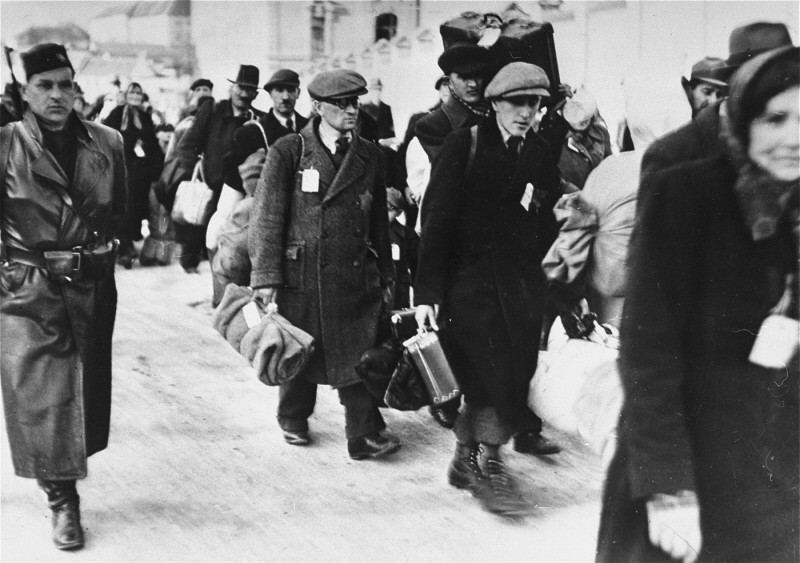
The Holocaust in Slovakia
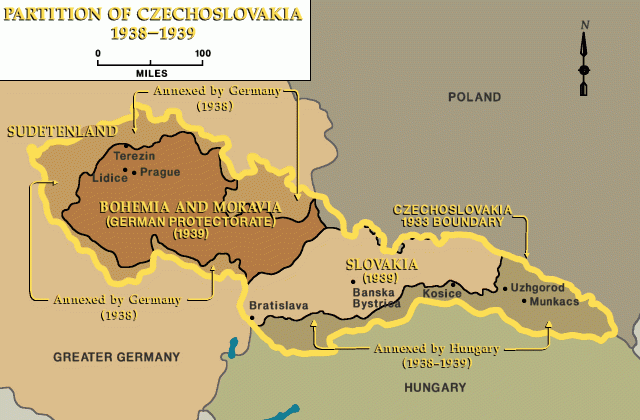
Though nominally independent, Slovakia was highly dependent on Nazi Germany after the dismemberment of Czechoslovakia.
In November 1940, Slovakia joined the Axis when its leaders signed the Tripartite Pact. In fulfillment of the requirements of the Axis partnership, Slovakia participated in the invasion of the Soviet Union in June 1941 and declared war on Britain and the United States in December 1941.
Slovakia was also the first Axis partner to consent to the deportation of its Jewish residents in the framework of the "Final Solution." According to a census of December 15, 1940, there were about 88,951 Jews in Slovakia. In March 1942, Slovakia signed an agreement with Germany that permitted the deportation of the Slovak Jews.
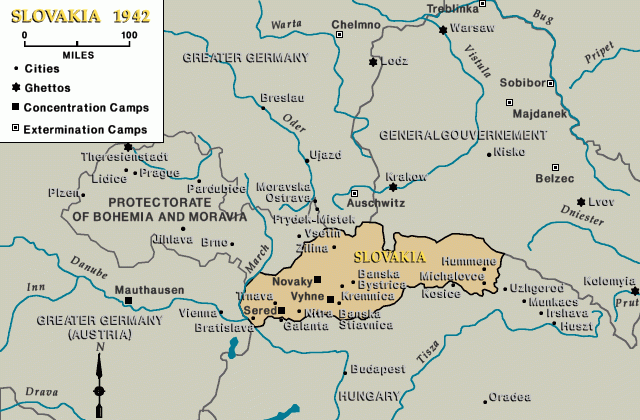
Between March and October 1942, Slovak gendarmes, assisted by Slovak military personnel, units of the Slovak People's Party's paramilitary organization, the Hlinka Guard, and members of the Slovak ethnic German paramilitary formation Freiwillige Schutzstaffel (Volunteer SS), concentrated some 57,000 Slovak Jews in indigenously established labor and concentration camps—mainly in the camps Sered, Novaky, and Vyhne.
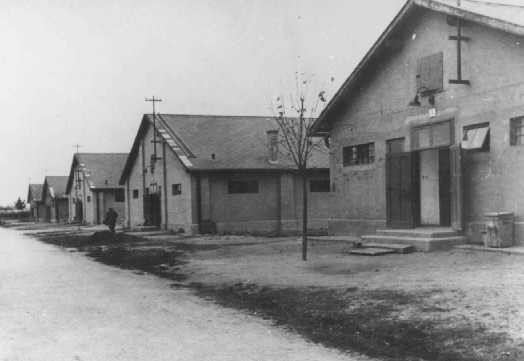
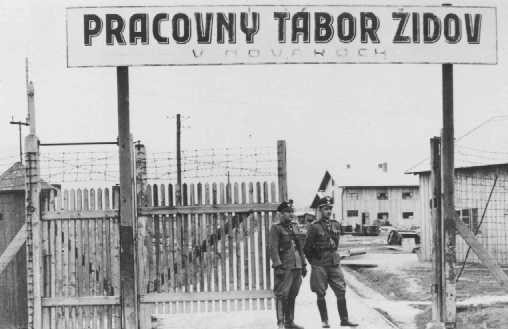
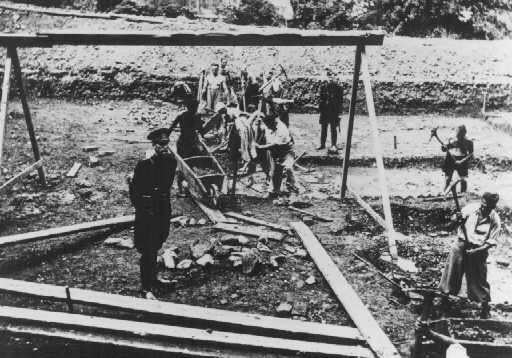
The Slovak authorities then transported the Jews to the border of the Government General or the German Reich and turned them over to German SS and police. German authorities killed virtually all of these Jews in Auschwitz, Lublin/Majdanek, Sobibor, and other locations in German-occupied Poland. Perhaps 300 survived the war. Among them were Alfred Wetzler and Walter Rosenberg (alias Rudolf Vrba), who escaped from Auschwitz in the spring of 1944 and compiled the first detailed report on operations there for general dissemination in the west.
As reports, in part passed on by the Papal Nuncio in Bratislava, reached the Tiso government that the German authorities were murdering the Slovak Jews in German-occupied Poland, the Slovak President hesitated, and then refused, to deport the remaining 24,000 Jews in Slovakia in the autumn of 1942. During the deportations, some 6,000 Slovak Jews escaped to Hungary. On August 29, 1944, however, Slovak underground resistance organizations, Communist and non-Communist, rose against the Tiso regime as Soviet troops entered neighboring Subcarpathian Rus.
As the Slovak authorities were helpless to quell the uprising, German troops moved in. Einsatzgruppe H of the Security Police and SD, whose duties included rounding up and killing or deporting the remainder of the Slovak Jews, accompanied the Wehrmacht into Slovakia. Between September 1944 and the end of the year, German units deported approximately 12,600 Slovak Jews, most of them to Auschwitz, Theresienstadt, and other camps in Germany. German and Hlinka Guard units killed a few thousand Jews caught in hiding or fighting with the partisans in Slovakia.
Perhaps half of the Jews deported out of Slovakia during and just after the uprising ended in October 1944 survived. Thousands of Jews remained in hiding in Slovakia. In all, German and Slovak authorities deported more than 70,000 Jews from Slovakia; the Germans murdered more than 60,000 of them.
The Germans and their collaborators killed approximately 263,000 Jews who had resided on the territory of the Czechoslovak Republic in 1938.
Critical Thinking Questions
- What pressures and motivations may have influenced officials and citizens to support measures to persecute and later deport some Jews in their country
- How did the events of World War II affect the fate of the Jews of Slovakia?

